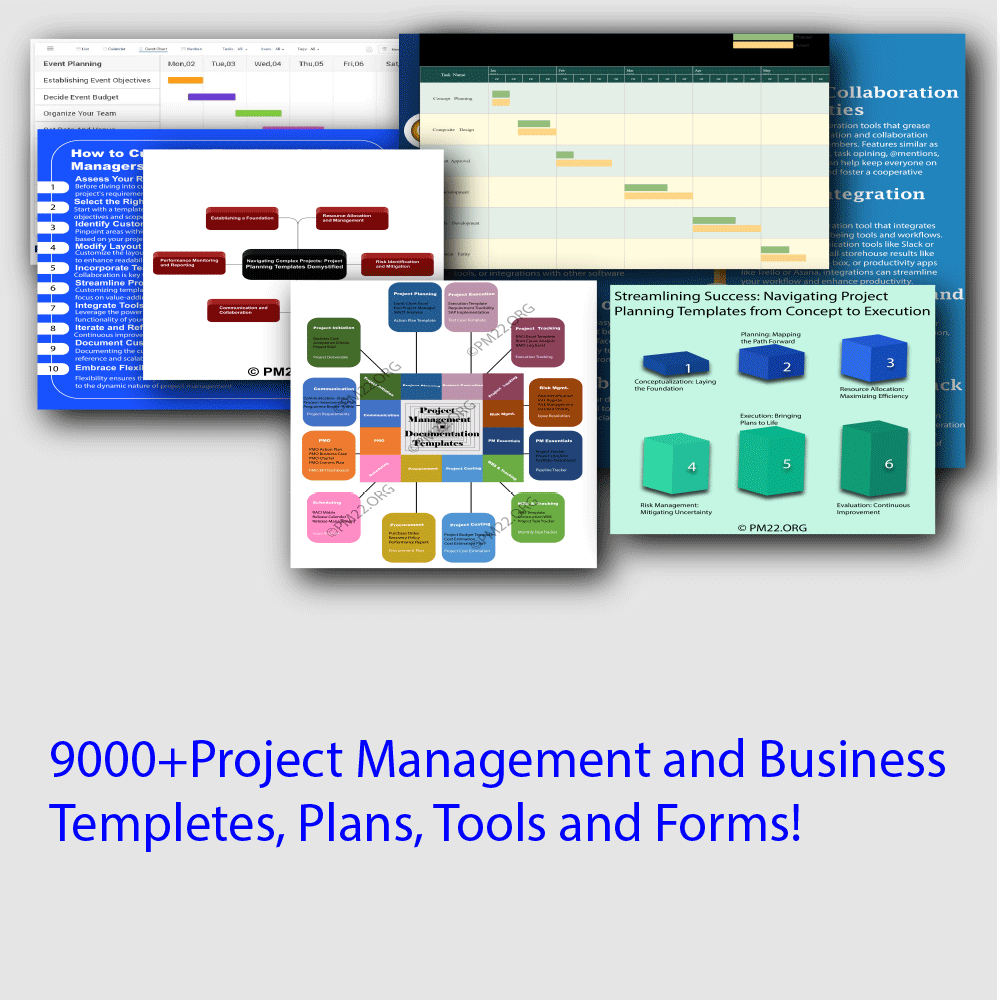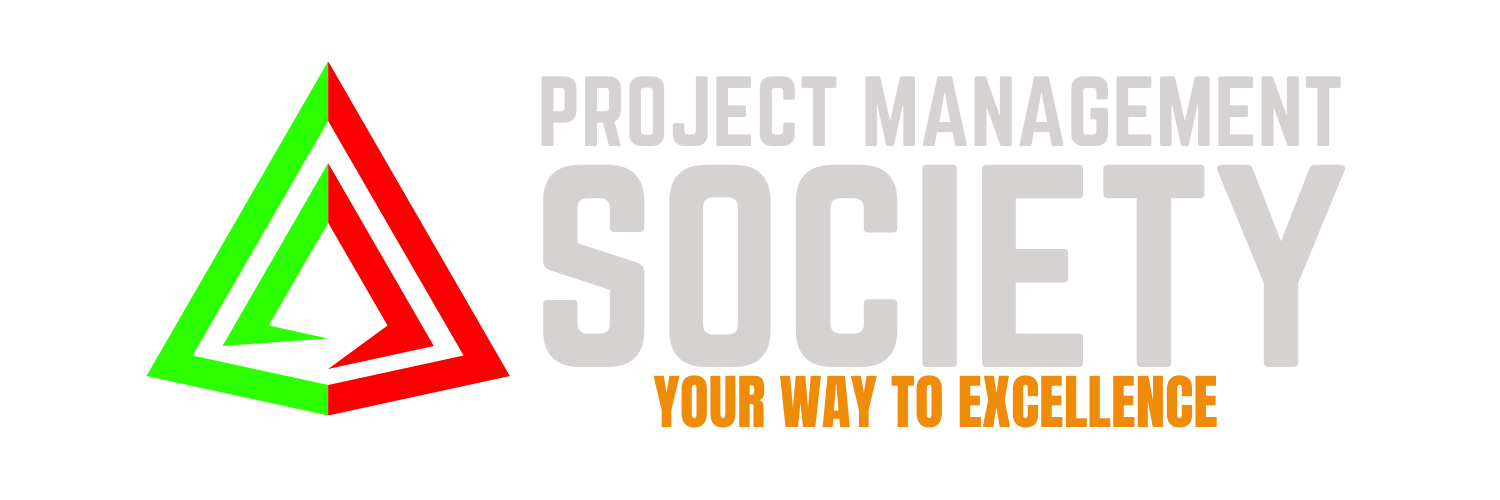 Creating a project management plan can feel overwhelming, but it’s the foundation for any successful project. It’s like building a roadmap that guides your team toward the project’s goals. By taking the time to structure a strong plan, you can prevent confusion, align your team, and keep everything on track. Let’s explore the steps to create a winning project management plan.
Creating a project management plan can feel overwhelming, but it’s the foundation for any successful project. It’s like building a roadmap that guides your team toward the project’s goals. By taking the time to structure a strong plan, you can prevent confusion, align your team, and keep everything on track. Let’s explore the steps to create a winning project management plan.
Why a Strong Project Management Plan Matters
The project management plan is more than a formality—it’s your playbook. It outlines the scope, objectives, timeline, and key deliverables, making sure everyone involved knows what to expect and how to contribute. Without a solid plan, projects often fall victim to scope creep, missed deadlines, and frustrated stakeholders.
Step 1: Define Your Project Goals
The first step in creating a successful plan is to define your goals. What are you trying to achieve? Please start with the big picture and break it down into measurable objectives. Be as specific as possible. Vague goals like “improve customer satisfaction” won’t help you measure progress. Instead, aim for clear, actionable targets such as “increase customer satisfaction ratings by 15% within six months.”
Example of SMART Goals
- Specific: Improve the onboarding experience for new clients.
- Measurable: Reduce onboarding time from 10 days to 5 days.
- Achievable: Collaborate with the customer success team to implement process improvements.
- Relevant: Aligns with company growth and retention goals.
- Time-Bound: Complete within three months.
Setting SMART goals lays a solid foundation for your project management plan.
Step 2: Define the Project Scope
Project scope defines the boundaries of your project. This is where you list what’s included and, equally important, what’s not. By defining the scope clearly, you prevent misunderstandings and scope creep, which can derail your project.
Break your scope down into deliverables. This could include products, services, or any outcome expected from the project. Every team member should know what they are responsible for delivering. Be as precise as possible to ensure clarity.
CLICK HERE TO DOWNLOAD 300+ PROJECT MANAGEMENT TEMPLATES & DOCUMENTS IN EXCEL
Scope Statement Example
- In Scope: Launching a new company website, including homepage redesign, SEO optimization, and integration with the company CRM.
- Out of Scope: Website hosting and third-party integrations.
Having a clear scope ensures that everyone stays focused on what matters most.
Step 3: Identify Key Stakeholders
Every project impacts various stakeholders. Identifying them early helps you align their expectations with your plan. These can include team members, clients, management, and external vendors. Different stakeholders have different priorities, so knowing who they are and how they are affected by the project is crucial.
Create a stakeholder register that lists the key people involved, their roles, and their influence on the project. This will help guide your communication plan later on.
Step 4: Develop a Detailed Timeline
A winning project plan always includes a detailed timeline. Break down your project into phases or tasks and assign deadlines to each. Use milestones to track progress and keep everyone accountable.
For instance, if you’re launching a new product, your timeline might include phases like design, development, testing, and marketing. Each phase should have specific deadlines to ensure your project stays on track.
Gantt Chart Example
- Phase 1: Design – August 1 to August 15
- Phase 2: Development – August 16 to September 30
- Phase 3: Testing – October 1 to October 15
- Phase 4: Marketing and Launch – October 16 to October 31
Tools like Gantt charts or Kanban boards can help visualize your timeline and make it easier to monitor progress.
Step 5: Establish Your Budget
Your project budget is another key component of a strong management plan. Estimate costs for resources, labor, materials, and any other expenses that may arise. Be thorough in your budget planning—unexpected costs are a common reason projects go off track.
Work with your finance team to ensure that your budget is realistic and includes contingencies for unforeseen expenses.
Step 6: Assign Roles and Responsibilities
Now it’s time to allocate tasks. Clearly define who is responsible for what, and make sure everyone on the team understands their role. This step not only fosters accountability but also helps prevent bottlenecks.
The RACI matrix is a popular tool for assigning roles. It stands for Responsible, Accountable, Consulted, and Informed. By mapping out these roles for each task, you ensure clarity and reduce miscommunication.
RACI Matrix Example
- Task: Develop product prototype
- Responsible: Design team
- Accountable: Project Manager
- Consulted: Product owner, UX designer
- Informed: Marketing team
By clarifying roles, you keep your project moving smoothly.
Step 7: Plan for Risk Management
Every project comes with risks, and a good project management plan includes a strategy to address them. Identify potential risks early and develop a plan to mitigate them. This could involve creating contingency plans or assigning resources to monitor risk factors.
For example, if your project relies on a third-party vendor, consider what you will do if they fail to deliver on time. Planning for risks helps you stay ahead of potential issues and ensures your project remains on track.
Step 8: Build a Communication Plan
Good communication is the glue that holds a project together. Your communication plan should outline how and when you will communicate with your team and stakeholders. This can include regular status updates, meetings, and reports.
CLICK HERE TO DOWNLOAD 300+ PROJECT MANAGEMENT TEMPLATES & DOCUMENTS IN EXCEL
Choose communication tools that fit your team’s needs, whether it’s Slack for quick updates or formal reports for stakeholder presentations.
Conclusion
A winning project management plan isn’t just a document—it’s the lifeblood of your project. It sets the stage for success by clearly defining goals, scope, stakeholders, timelines, budgets, roles, risks, and communication strategies. By following these steps, you create a roadmap that will guide your team from kickoff to completion with confidence and clarity. With a strong plan in place, you’re setting your project up for long-term success.
